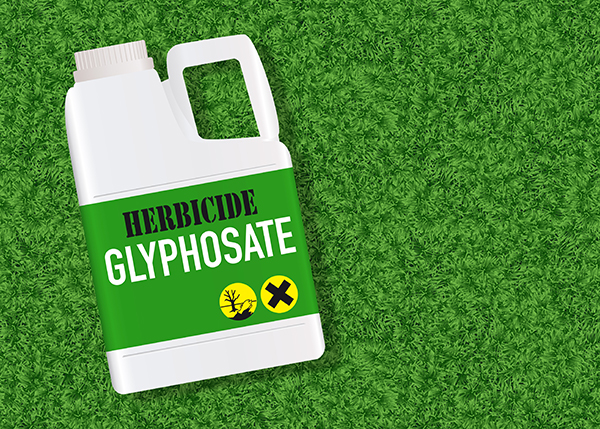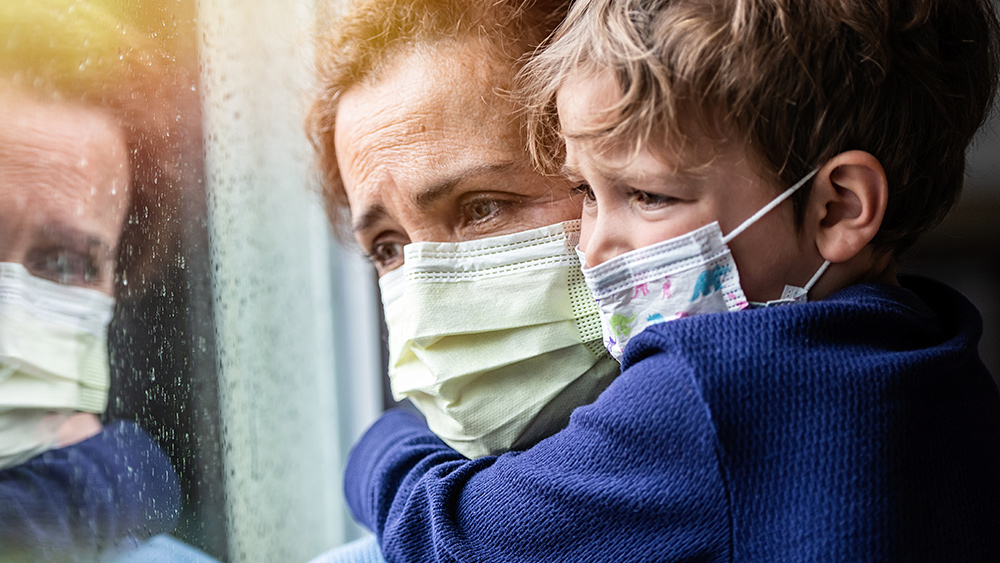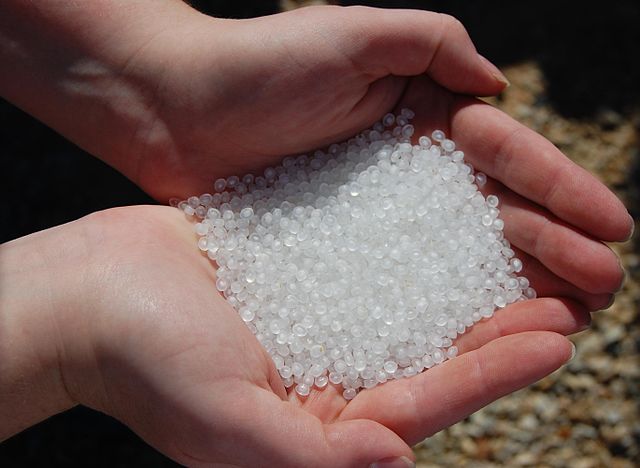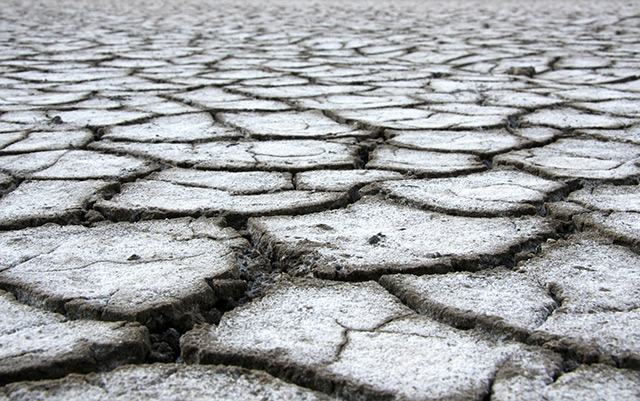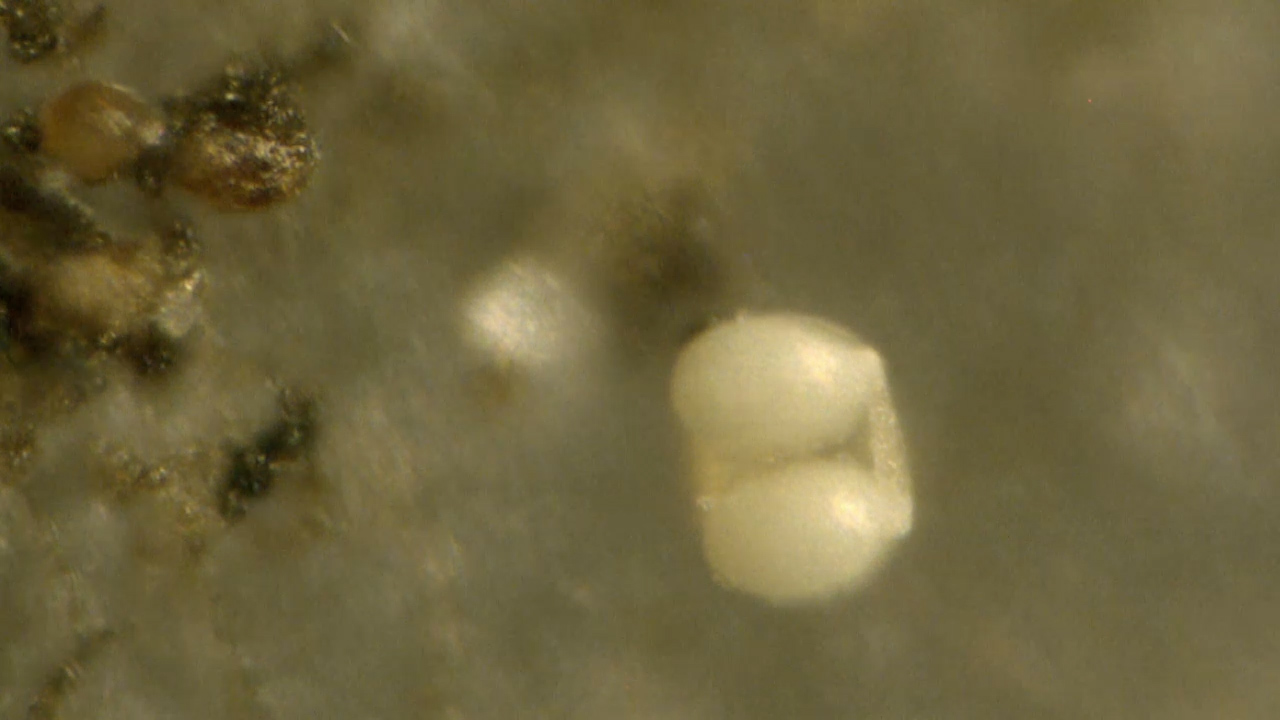Sulfur dioxide exposure linked to 23% increased risk of developing ALS
10/02/2025 / By Lance D Johnson
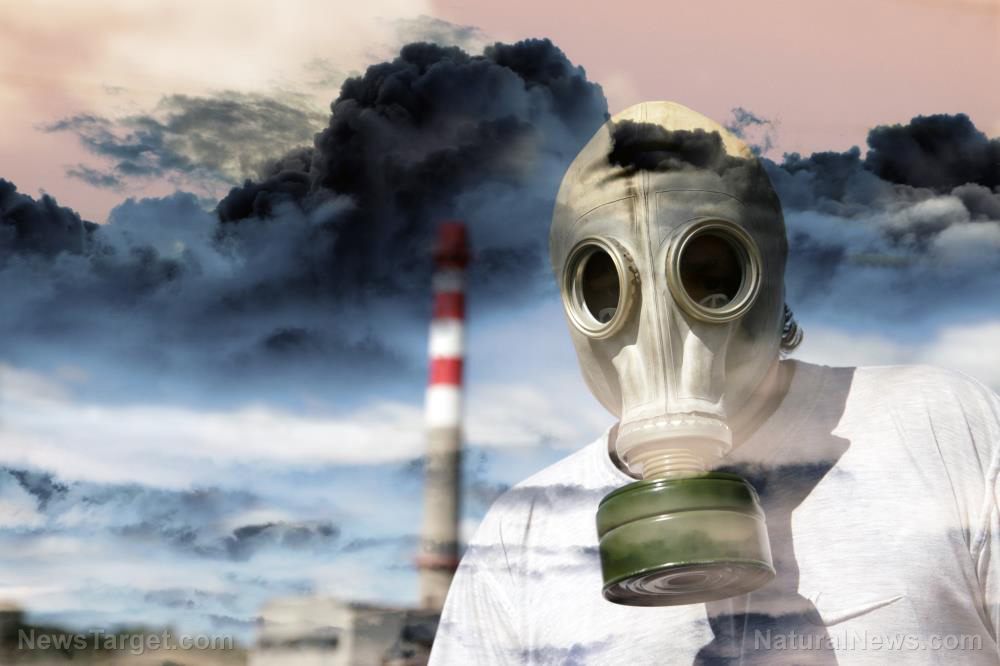
- A groundbreaking Canadian study links long-term exposure to sulfur dioxide (SO?) with a 23% increased risk of developing ALS—even at levels well below current safety standards.
- SO?, a byproduct of burning fossil fuels like coal and diesel, was the only pollutant among those studied (including nitrogen dioxide, ozone, and fine particulate matter) to show a consistent, significant association with ALS.
- The risk was most pronounced in the five to ten years before symptoms appeared, suggesting that by the time ALS is diagnosed, the damage may already be irreversible.
- Industrial activities—not just vehicle exhaust—are likely the primary culprits, raising questions about the safety of living near power plants, factories, and mining operations.
- The study challenges the assumption that current air quality regulations are protective, as harmful effects were observed at SO? levels four times lower than Canada’s “safe” threshold.
- Researchers warn that SO? may accelerate neurodegeneration in those already predisposed to ALS, turning a slow-burning biological risk into a full-blown crisis.
A disease without mercy—and now, a suspect without a face
ALS, often called Lou Gehrig’s disease, is a nightmare by any measure. It attacks the nerve cells responsible for voluntary movement, gradually paralyzing its victims while leaving their minds cruelly intact. Most die within three to five years of diagnosis, usually from respiratory failure. The disease spares no one—famous physicist Stephen Hawking lived with it for decades, but most succumb far quicker. And yet, despite its brutality, ALS remains a mystery. Only about 10 percent of cases are linked to inherited genetic mutations. The rest—90 percent of all diagnoses—are classified as “sporadic,” meaning their cause is unknown. Or at least, it was.
For years, scientists have suspected that environmental toxins play a role. After all, ALS clusters have been observed near industrial sites, military bases, and even agricultural regions where pesticides are heavily used. Studies have linked the disease to heavy metals, solvents, and even traumatic brain injuries. But air pollution? That’s a newer—and far more alarming—frontier. Previous research had hinted at connections between ALS and fine particulate matter (PM2.5) and nitrogen dioxide (NO?), both common in vehicle exhaust and industrial emissions. But sulfur dioxide? That was the ghost in the machine, the pollutant no one was talking about.
Until now.
The Canadian study, published in Environmental Research, didn’t just find a link between SO? and ALS—it found that SO? was the only pollutant that mattered. While NO?, ozone, and PM2.5 showed no significant association with the disease, SO? stood out like a flare in the dark. For every 0.14 parts per billion (ppb) increase in long-term SO? exposure, the odds of developing ALS jumped by 23 percent. And here’s the kicker: that increase is well below what Canada considers safe. The country’s ambient air quality standard for SO? is 2.0 ppb—meaning the damage is being done at levels four times lower than the threshold supposed to protect us.
“So what we’re seeing,” explains Dr. Marc Saucier, one of the study’s lead researchers, “is that the current standards may not be nearly strict enough. If SO? is contributing to ALS at these levels, then we have a serious public health problem on our hands.”
The invisible killer: How SO? sneaks into our bodies—and our brains
Sulfur dioxide doesn’t just float harmlessly in the air. When we breathe it in, it dissolves into the lining of our lungs, forming sulfurous acid—a corrosive compound that triggers inflammation and oxidative stress. From there, it enters the bloodstream, where it can cross the blood-brain barrier, the body’s last line of defense against neural invaders. Once inside the brain, SO? doesn’t just cause damage—it accelerates it.
Studies in animals have shown that chronic SO? exposure leads to:
- Neuroinflammation, as the brain’s immune cells go into overdrive, attacking healthy tissue.
- Disrupted synaptic signaling, impairing the way neurons communicate.
- Accumulation of misfolded proteins, a hallmark of neurodegenerative diseases like ALS and Alzheimer’s.
- Oxidative damage, which wears down cellular defenses and speeds up neuronal death.
In one particularly grim experiment, rats exposed to SO? at levels comparable to industrial areas developed cognitive impairments, motor dysfunction, and brain lesions—all signs that the pollutant was eating away at their nervous systems. And when SO? is combined with other pollutants, like PM2.5, the effects are synergistic—meaning the whole is far worse than the sum of its parts.
“Think of it like a slow-motion chemical war inside the body,” says Dr. Lisa Miller, a neurotoxicologist at the University of California. “SO? doesn’t just add to the damage—it amplifies it. If someone already has a genetic predisposition to ALS, this pollutant could be the thing that pushes them over the edge.”
The human cost: Stories from the front lines
The numbers are stark, but the human stories behind them are devastating. Take New Brunswick, Canada, where the study was conducted. It’s a province known for its forests, its fisheries, and its industrial hubs—power plants, pulp mills, and mining operations that have long pumped SO? into the air. The researchers found that ALS patients in the study had significantly higher SO? exposure than their healthy counterparts, even after accounting for factors like age, sex, and socioeconomic status.
One of those patients was James MacLeod, a retired schoolteacher from Saint John, a city with a history of heavy industry. James was diagnosed with ALS in 2018. By 2020, he was confined to a wheelchair. By 2021, he could no longer speak. His wife, Margaret, still lives in the same house where they raised their kids—a house less than two miles from a coal-fired power plant.
“We never thought about the air,” Margaret says, her voice trembling. “You trust that someone’s making sure it’s safe. But now I wonder—how many people here are breathing in the same stuff that might have killed my husband?”
James’ story isn’t unique. In Ohio’s “Rust Belt,” where steel mills and coal plants have dotted the landscape for a century, ALS rates are 25% higher than the national average. In northern Italy, near industrial zones, researchers have found similar clusters. And in China, where SO? levels in some cities dwarf those in North America, ALS cases are rising at an alarming rate.
The implications of this study are staggering. If SO? is indeed contributing to ALS, then millions of people living near industrial zones, highways, or coal-fired power plants could be at risk. And unlike genetic factors, this is something we can control.
Sources include:
Submit a correction >>
Tagged Under:
This article may contain statements that reflect the opinion of the author




